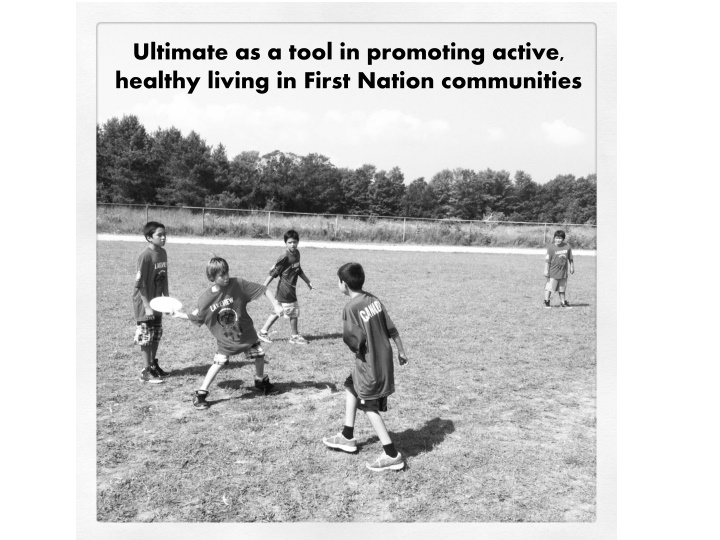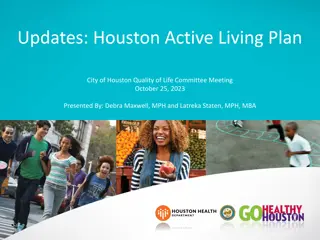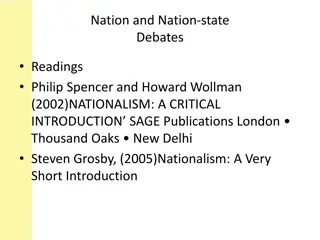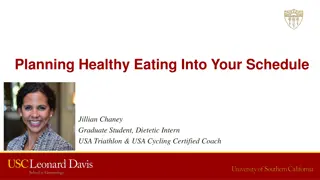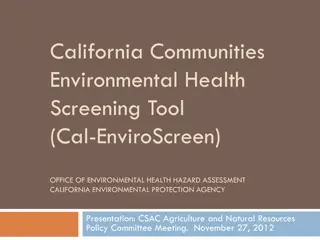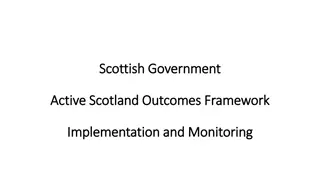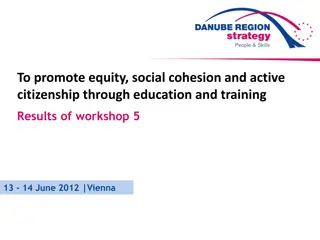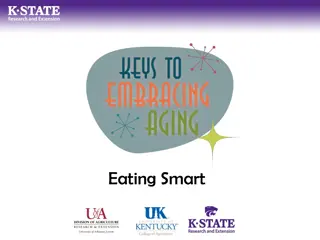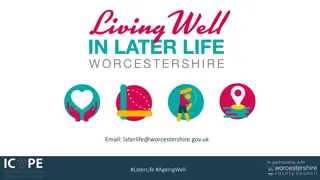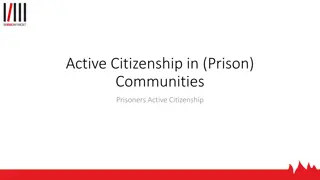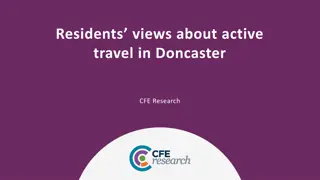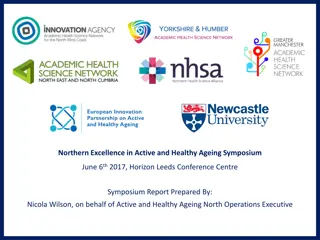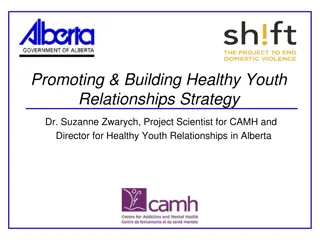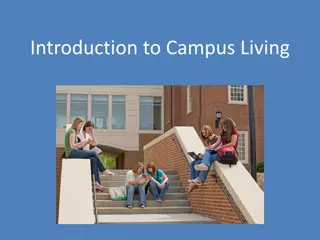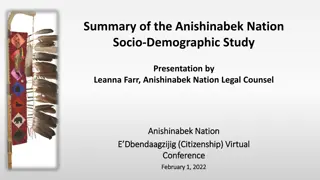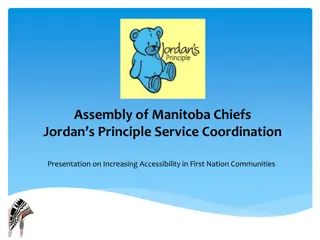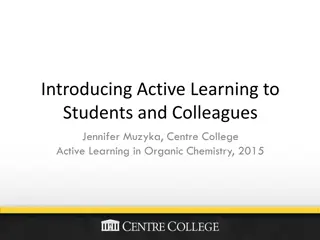Ultimate as a Tool for Promoting Active, Healthy Living in First Nation Communities
Context: The use of Ultimate as a tool in promoting active, healthy living in First Nation communities is highlighted. Emphasis is placed on the benefits such as being inexpensive, fun, and promoting physical activity and chronic disease prevention. Like-minded principles and observations from engaging kids and schools are shared. The mention of specific communities and the flexible nature of the program are noted. The "What we do" section outlines the activities involved in introducing Ultimate to participants. Learnings focus on setting realistic goals and teaching joy in the process.
Download Presentation

Please find below an Image/Link to download the presentation.
The content on the website is provided AS IS for your information and personal use only. It may not be sold, licensed, or shared on other websites without obtaining consent from the author.If you encounter any issues during the download, it is possible that the publisher has removed the file from their server.
You are allowed to download the files provided on this website for personal or commercial use, subject to the condition that they are used lawfully. All files are the property of their respective owners.
The content on the website is provided AS IS for your information and personal use only. It may not be sold, licensed, or shared on other websites without obtaining consent from the author.
E N D
Presentation Transcript
Ultimate as a tool in promoting active, healthy living in First Nation communities
Context and background Aboriginal Cancer Control Unit at CCO Engagement and health promotion in cancer prevention (commercial tobacco) Emphasis on school-aged kids 95 of 133 First Nations in Ontario are rural or remote Why Ultimate? Inexpensive (gear, fees, etc.) Fun Healthy (physical activity & chronic disease) Spirit of the game
Like-minded principles 7 Sacred Teachings Love Respect Courage Honesty Wisdom Humility Truth Spirit of the Game Respect of others Self-officiated Play hard Respect rules Discussion (unity) Fair-minded Know the rules
The trial effort M Chigeen First Nation, Manitoulin Island Grades 5,6 (day 1); Grades 7,8 (day 2) At school, involved teachers, supportive principal Collaboration with ACCU/CCO and the Union of Ontario Indians Thank you to Art Hawkins fund, Danny and Danielle, Tony Jocko, CCO
Observations Kids loved it most participated School embraced it (curriculum) Great publicity Word of mouth
Big Trout Lake FN Constance Lake FN Thessalon FN Tungasuvvingat Inuit M Chigeeng FN
Context Different every time real need to be flexible Venues: small gym, community rink, school field, local park Can have broad age ranges (ages 4 - 30)
Context Often just showing up is success Our job to make it fun and engaging Ebb and flow can affect any planning Nutrition breaks importance of balance
What we do Introductions and explanation of ultimate Warm-up Throwing 101 Throwing fun (long shots, cuts, target practice) Games (circle throw - kids made up the rules) Scrimmage
Learnings Important to be realistic with goals Our goals: Teach joy of sport / spirit of game Get kids passionate about throwing discs
Learnings What has worked? Engaging with FNIM community leaders for their support Link with existing resources where available Work with an established structure (schools) Grouped by ages Female coach / role models
Learnings No legacy of failure Not a gendered sport Throwing is an equal opportunity skill Spirit (in context of SOTG) already completely present but important to remind during play
Learnings Kids are kids everywhere Quick to warm up Generous in spirit Cultural sensitivity Important to understand the context which is unique in each community Caution with hand-offs to other local groups
Getting organized Looking for resources (or to help develop resources) for training and sustaining ultimate in rural and remote communities Volunteer-driven enterprise Sustainability Partnerships with schools and leagues Investing in local champions within community
